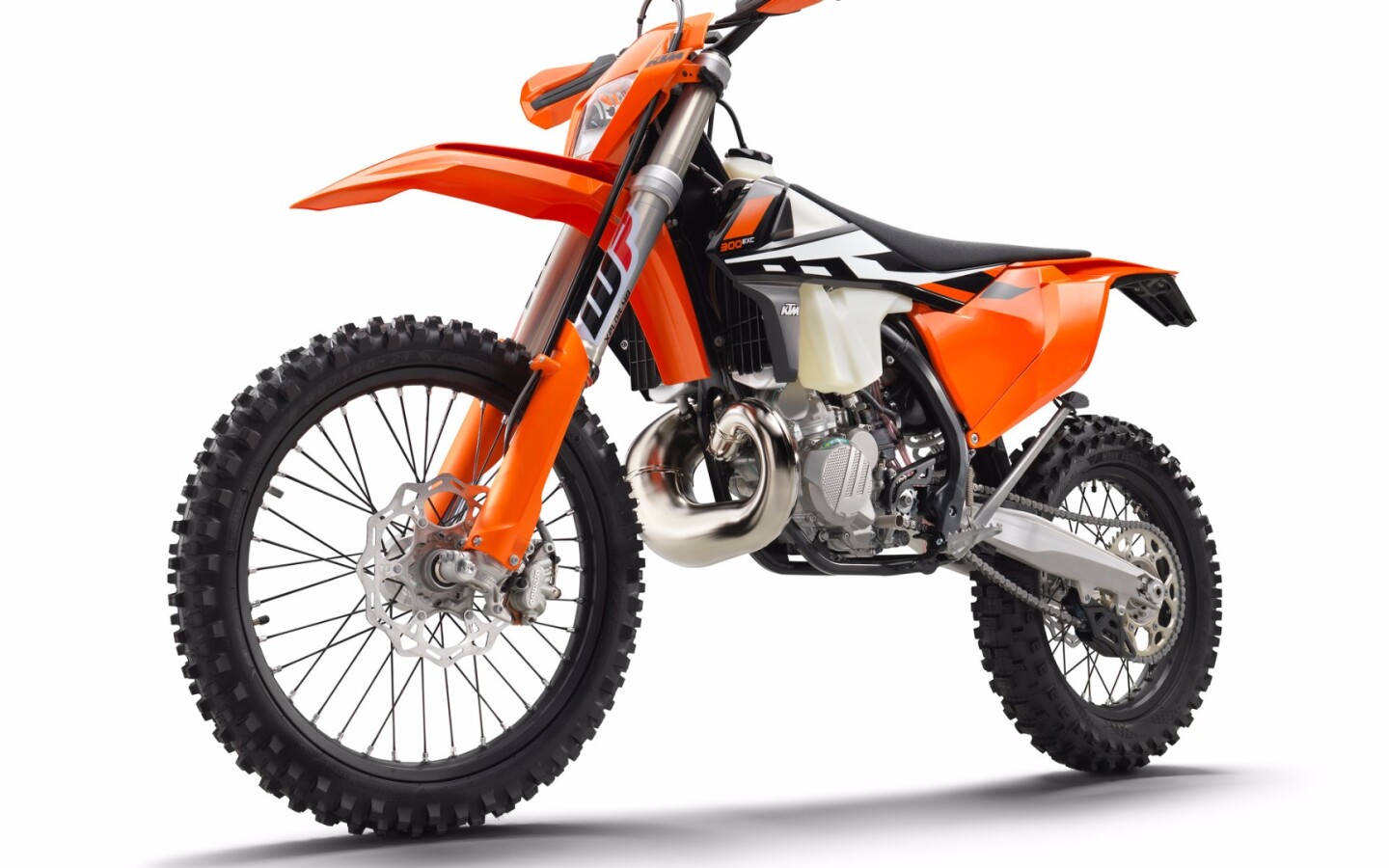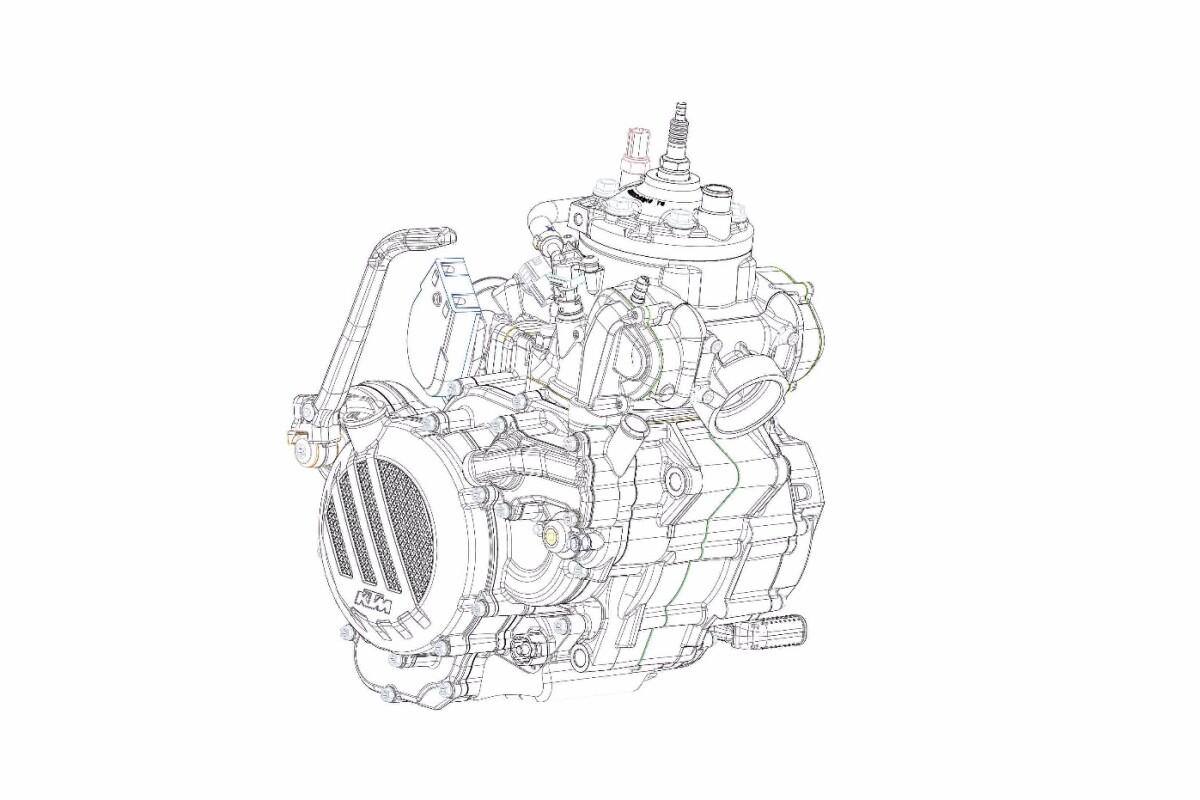In the chronicles of motorcycling, the year 2017 will be remembered as the point in time when Euro 4 emission laws came fully into effect in the European Union. In this environment it is indeed quite strange to hear that a major manufacturer is developing a new two-stroke engine, yet KTM is doing exactly that for its Enduro motorcycles. And it could well prove to be a game changer.
Ever since the 1990s, two-stroke motorcycles have gradually vanished from mass production, with the only exceptions being off road machines or very small commuters. Several manufacturers – mostly Europeans, like KTM, Husqvarna, Beta, and Gas Gas – still retain a core lineup of two-stroke Enduro and Motocross models, but these are usually old school designs, modernized as much as carburetor-fed engines can be. Chances are that most of these will have a very hard time squeezing into the Euro 4 mold.
There's little doubt that modern technology could have come up with clean two-stroke engines years ago. Honda almost proved it in 1995 with its Activated Radical Combustion tech, before unexpectedly scrapping it. The following decade saw the rise of direction injection systems for two-stroke engines, but this tech would remain limited to outboard engines and snowmobiles. For motorcycles, it seems that the decision to drop two-strokes was political, rather than scientific.
Rumors regarding the development of new two-stroke motors with direct injection started spreading again around 2012, with several manufacturers said to be working in this area. Among them was KTM, a company that made its name with two-stroke racing machines. Apparently, the time has now come for the new generation to hit the market.
KTM is getting ready to unveil its new engine in May, using it to power two 2018 Enduro models, 250 and 300 EXC TPI, where the initials TPI translate as Transfer Port Injection. This is the key tech that allows the new engine to offer widespread power delivery and fuel efficiency, all the while conforming to tight emissions rules.
By adding direct injection right in the transfer port of the cylinder, the amount of fuel can be strictly regulated and controlled by the engine's electronic brain. In similar fashion, lubrication is expected to be handled with equal accuracy, resulting in an engine freed from the ailments that branded two-strokes as dirty.

It is important to note that KTM is not just talking about new two-strokes, but centers in on Enduro models. Unlike motocross bikes, Enduro bikes have to be road-legal even in racing guise. KTM's announcement implies that the new models will have no problem conforming with Euro 4 rules, while at the same time remaining competitive enough for world championship-level racing.
The new motor has been in development for several years, and KTM field tested a couple of prototypes at the Roof of Africa hard Enduro race in Lesotho, that took place last December. KTM product marketing manager, Joachim Sauer, revealed in an interview with Enduro Illustrated from last July that the two-strokes return better fuel efficiency than the current race-winning 350 EXC-F four-stroke. He also insisted that they run clean under all circumstances, performing ideally even in very cold starts, and produce a broad powerband that would make it difficult for someone to tell the difference between the two and the four-stroke model.
There is of course a downside. The new two-stroke technology will make the new bikes quite expensive, with Sauer expecting a price tag directly comparable with the class-leading four-strokes.
KTM says that the new 250 and 300 EXC TPI will be unveiled on May 15, and are expected in European markets in the following months. A very limited quantity will head over to USA and Canada towards the fall (North Hemisphere) of 2017.
What will be even more interesting though, is how this move will resonate with KTM's competitors. If there are other companies secretly working on modern two-stroke technology as rumored, this would be the time to come forward.
Clean, problem-free two-strokes that can produce amounts of power that no four-stroke can, combined with strict emissions compliance, wide power delivery, and all the maintenance gains from not having a complex cylinder head assembly? Sounds like a whole new world of possibilities.
Source: KTM





